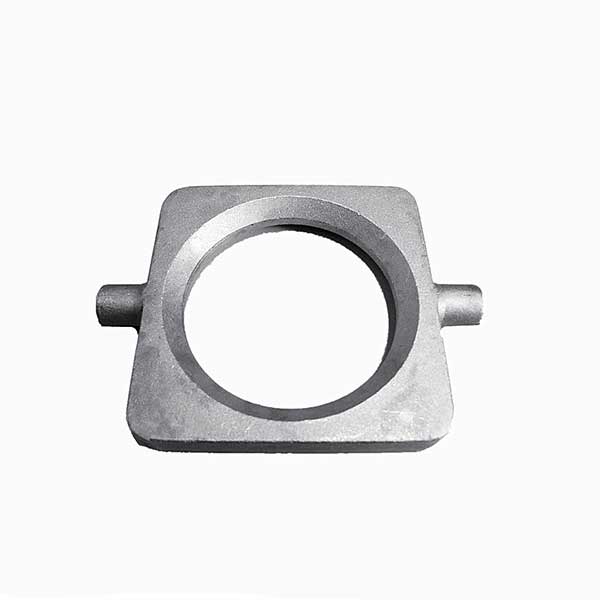Bearing sleeve forging can be roughly divided into three stages
1.Preparation: Cut the raw materials into the material segments according to the required weight.
2.Bearing sleeve forging type: heating the material section, and then forging on the forging equipment, making it into the shape, size and other requirements of the embryo.
3.Bearing sleeve forging treatment: inspection of bearing sleeve forgings, remove waste products, repair repair products, heat treatment and surface cleaning after forging.
Forging deformation should conform to the law of shear stress, the law of minimum resistance, the law of volume invariance, and the law of elastic deformation in plastic deformation.
Bearing sleeve forging can improve the internal structure of steel and improve various mechanical properties such as strength, plasticity and impact toughness of steel.
Note: The change of steel properties is closely related to its structural changes. Forging should be carried out in a temperature range where the steel has good plasticity and low deformation resistance without overheating or overburning. The highest allowable temperature for forging begins is called the beginning. Forging temperature. The temperature at which forging should be stopped is called the final forging temperature).








